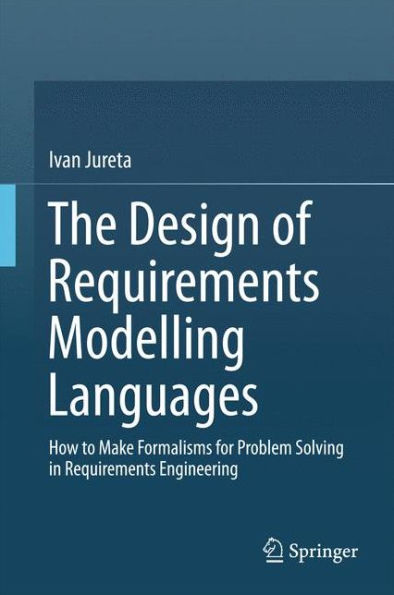The book positions requirements problem solving within the framework of broader research on ill-structured problem solving in artificial intelligence and engineering in general. Further, it introduces the reader to many complicated issues in requirements modelling language design, starting from trivial questions and the definition of corresponding simple languages used to answer them, and progressing to increasingly complex issues and languages. In this way the reader is led step by step (and with the help of illustrations) to learn about the many challenges involved in designing modelling languages for requirements engineering.
The book offers the first comprehensive treatment of a major challenge in requirements engineering and business analysis, namely, how to design and define requirements modelling languages. It is intended for researchers and graduate students interested in advanced topics of requirements engineering and formal language design.
The book positions requirements problem solving within the framework of broader research on ill-structured problem solving in artificial intelligence and engineering in general. Further, it introduces the reader to many complicated issues in requirements modelling language design, starting from trivial questions and the definition of corresponding simple languages used to answer them, and progressing to increasingly complex issues and languages. In this way the reader is led step by step (and with the help of illustrations) to learn about the many challenges involved in designing modelling languages for requirements engineering.
The book offers the first comprehensive treatment of a major challenge in requirements engineering and business analysis, namely, how to design and define requirements modelling languages. It is intended for researchers and graduate students interested in advanced topics of requirements engineering and formal language design.

The Design of Requirements Modelling Languages: How to Make Formalisms for Problem Solving in Requirements Engineering
286
The Design of Requirements Modelling Languages: How to Make Formalisms for Problem Solving in Requirements Engineering
286Hardcover(1st ed. 2015)

Product Details
| ISBN-13: | 9783319188201 |
|---|---|
| Publisher: | Springer International Publishing |
| Publication date: | 09/30/2015 |
| Edition description: | 1st ed. 2015 |
| Pages: | 286 |
| Product dimensions: | 6.10(w) x 9.25(h) x (d) |
